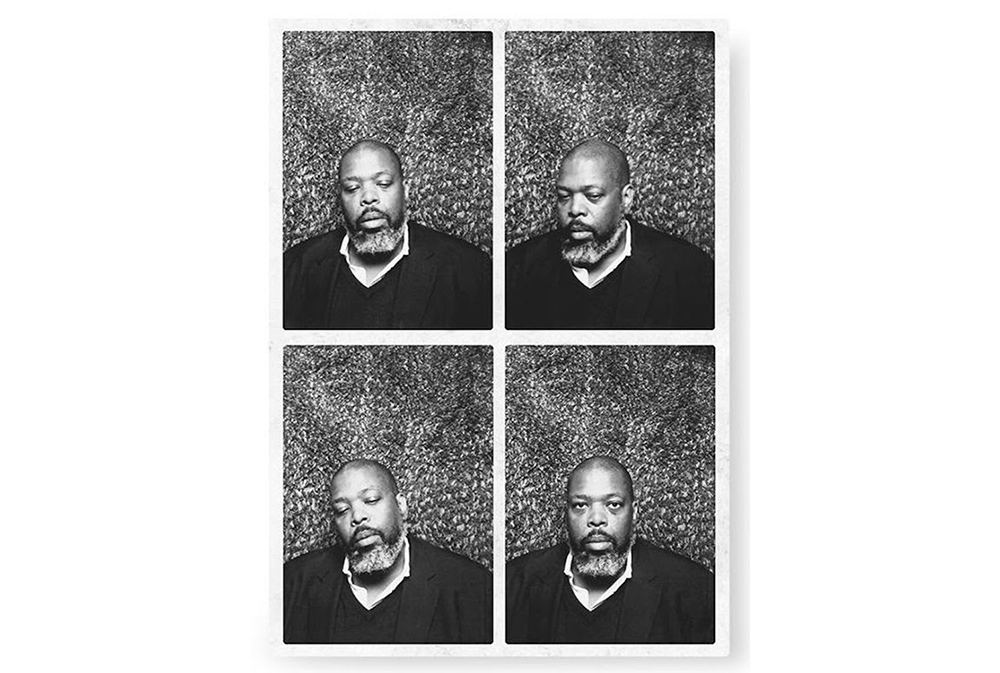In March, The Paris Review launched The Art of Distance, a newsletter highlighting unlocked archive pieces that resonate with the staff of the magazine, quarantine-appropriate writing on the Daily, resources from our peer organizations, and more. Read Emily Nemens’s introductory letter here, and find the latest unlocked archive pieces below.
“In this thirteenth Art of Distance newsletter, we’re continuing to share the work of great Black writers from our archive. Unlocked this week is everything the Review has published by Hilton Als, who is a TPR advisory editor, a person of letters with a wildly capacious sensibility, and a wearer of many hats. Ostensibly, Als writes nonfiction, but that term is far too limiting to classify all that he does. He is a voracious consumer and assimilator of culture, churning the books, music, theater, and people he loves into visions and versions of his own unfolding story. His essays are like rigorous dreamscapes, vitally alive and wide open to everything the world has to share—Als turns nothing away. Als has not only contributed writing to the Review: he has also conducted several penetrating and joyful Writers at Work interviews, and has been featured across the past decade on the Daily. Enmeshed in his reevaluations of the culture of the past century is a stark look at the struggles that have brought us to this moment in Black, queer, and American history.” —Craig Morgan Teicher, Digital Director
“I see fiction not as the construction of an alternate world but as what your imagination gives you from the real world,” Als tells Lisa Cohen in his Art of the Essay interview, which covers everything from mentors to trauma to queer life in New York to Thelonious Monk, Jane Fonda, and writing sentences that are “natural to who I am.”
In this 2016 interview conversation with the scholar Jacqueline Goldsby, Als explains his very personal connection to James Baldwin’s legacy: “Baldwin was very real to me, all the time. It was through Owen Dodson, who was, I think, the second black person to go to the Yale School of Drama, and Baldwin was always a living thing to me because of their relationship. Owen was a great director and was the one who first staged Baldwin’s play The Amen Corner.”
Als interviews Edward P. Jones, the author of All Aunt Hagar’s Children, for the Art of Fiction No. 222. Threaded through a conversation about Jones’s origins and early life, Als elicits stunning insights about how a writer turns ideas into pages: “I can sort of close my eyes and think I’m reading a story in my mind, but until I can read it physically, with the eyes, it doesn’t seem to exist for me.”
“Are you against entertainment?” Als asks playwright and actor Wallace Shawn, who responds, “That’s like saying, Are you against pumpkin pie? Pumpkin pie is enjoyable and people enjoy it, but it’s in a different category from, for example, penicillin. Enjoyment is important, and pie is important, but pie is not the only thing we need.” Of course you want to read the rest of the Art of Theater No. 17.
“Writing nonfiction is more like sculpture, a matter of shaping the research into the finished thing. Novels are like paintings, specifically watercolors. Every stroke you put down you have to go with.” Joan Didion says this to Als in the second of her two Writers at Work interviews, the Art of Nonfiction No. 1, published after The Year of Magical Thinking had become a sensation. What better pairing could there be—two titans of nonfiction style for whom subjective and objective truth are anything but opposites.
Turning back to Als’s own work—after a journey through his writing for the Daily, which is always free to read—check out “Director’s Cut,” a portfolio in which he grieves his recently deceased sister in words and images, creating a photographic document of an imaginary encounter between the siblings’ heroes: “If I made a movie about James Baldwin, Nina Simone—which is to say, my sister—would have to star in it, and that way I could get them both back: my sister through Nina, and Baldwin through my imagination.” It’s as beguiling as it is difficult to describe—like everything Als makes.
Sign up here to receive a fresh installment of The Art of Distance in your inbox every Monday.
from The Paris Review https://ift.tt/37ukJV8

Comments
Post a Comment